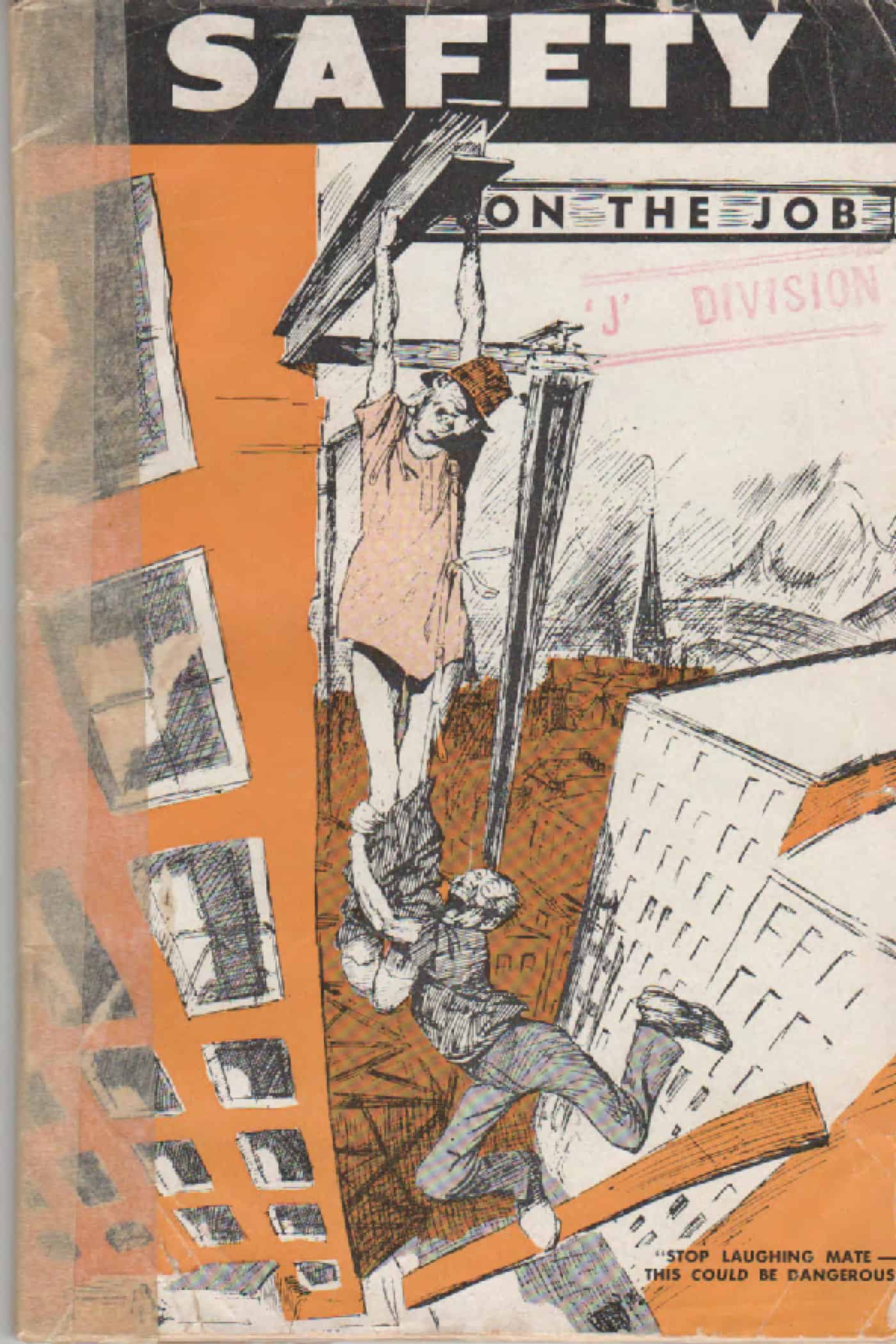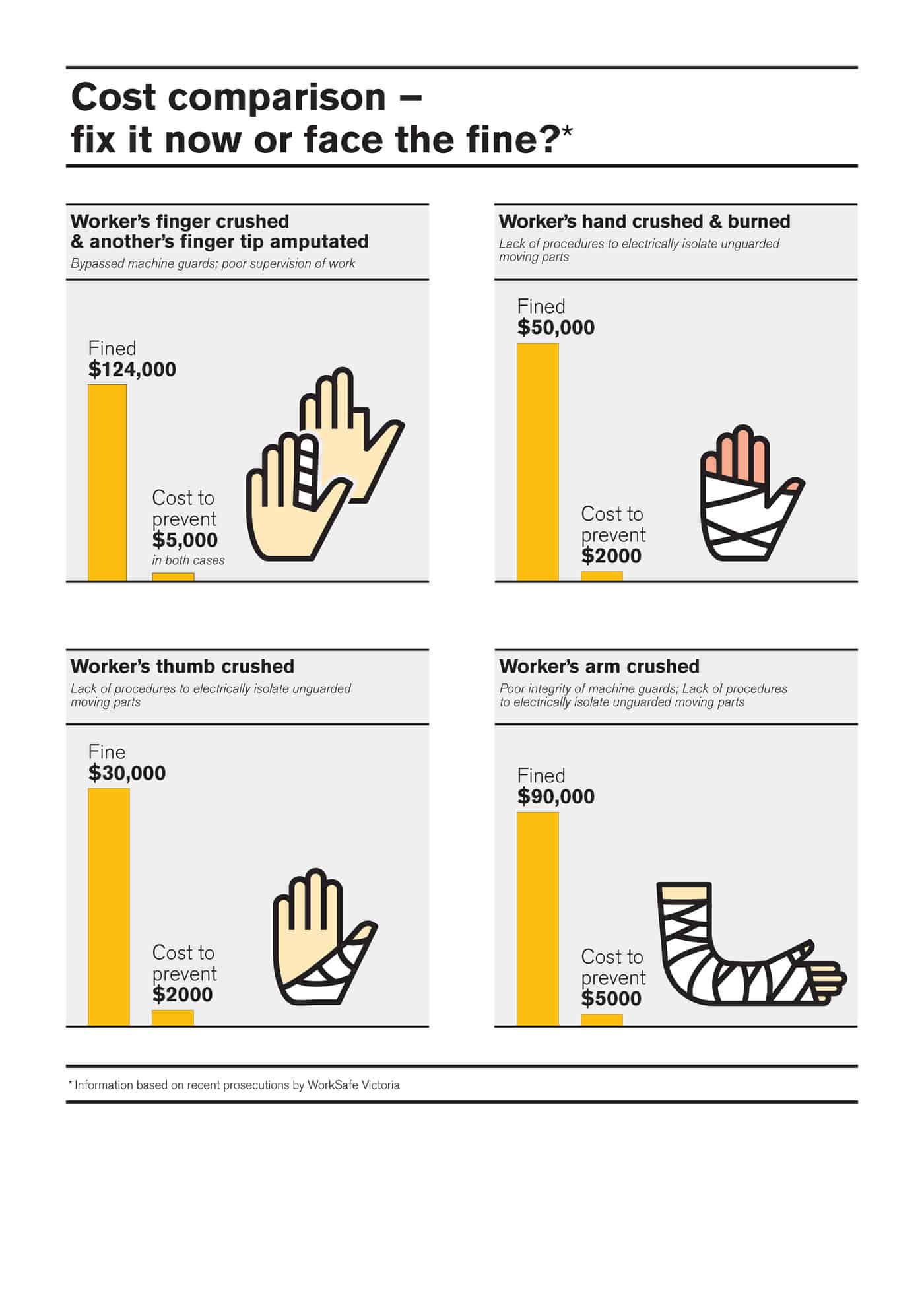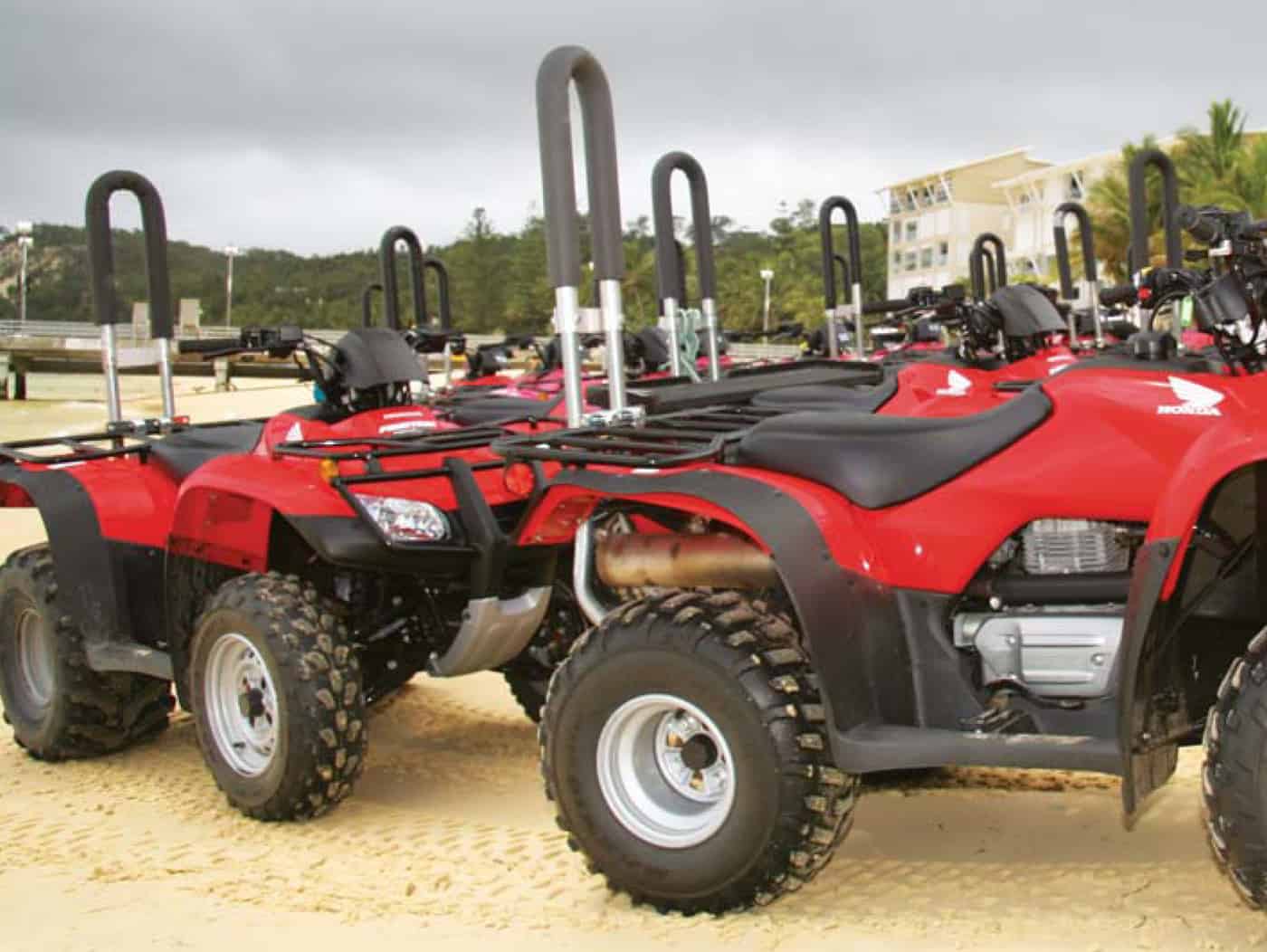Soon another Australian State, South Australia, will be using the concept of the PCBU – the Person Conducting a Business or Undertaking in its occupational health and safety laws. This concept has the potential to expand OHS laws well beyond the traditional factory fence or office and the recent discussion on the safety of quad bikes may illustrate this.
Until there are Court cases to clarify the Work Health and Safety laws and concepts it is worth looking at the source of these concepts. Safe Work Australia explains the PCBU in an interpretative guideline.
Businesses may be “enterprises usually conducted with a view to making a profit and have a degree of organisation, system and continuity”. In terms of quad bike use, this could be a farm.
Undertakings “may have elements of organisation, systems, and possibly continuity, but are usually not profit-making or commercial in nature.” Probably not a farm. Continue reading “PCBUs, farms, quad bikes and safety – a speculation”




